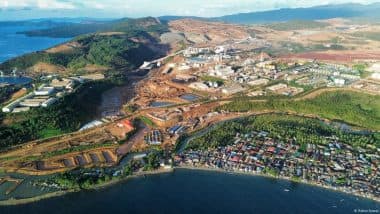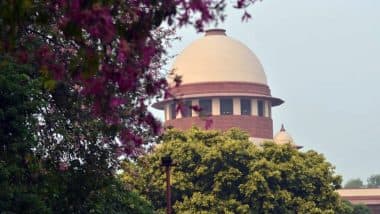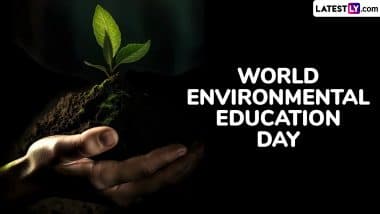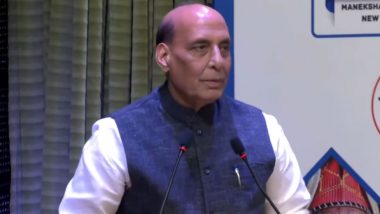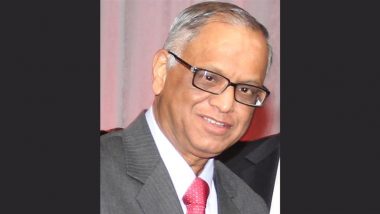A new investigation shows how a once pristine Indonesian island was sacrificed for global battery supply chains.In the heart of Obi — a forested, mountainous island in northeastern Indonesia once known for its spices and quiet fishing settlements — life used to revolve around sago groves and clean rivers. Locals drank the clear, fast-running water directly from streams and springs.
But when a nickel mine was opened, things began to change.
Also Read | Business News | Anant Ambani to Assume Executive Director Role at Reliance Industries Starting May 1.
"The water tastes different now and sometimes there are bubbles. It gives us stomach aches," says local resident Nurhayati Jumadi. "But I can't afford bottled water, so we still drink from the spring."
Thousands of leaked internal emails and reports provided by the Organized Crime and Corruption Reporting Project (OCCRP) clearly show the Obi village of Kawasi was subjected to systematic pollution at the hands of Indonesia's Harita Group for more than a decade — starting in 2012. DW and other partners were granted access to these documents which they analyzed over several months.
The Harita Group natural resources conglomerate runs a sprawling mining and smelting complex around Kawasi supplying nickel for electric vehicle batteries sold across Europe, China, and the United States. But the local population pays a high environmental price.
Where it all began
The Harita Group started extracting nickel on the island in 2010 through its subsidiary PT Trimegah Bangun Persada (PT TBP), controlled by the Indonesian billionaire Lim Hariyanto.
The first signs of pollution were detected soon thereafter.
As early as 2012, internal emails flagged contamination from hexavalent chromium or chromium 6 (Cr6) — a highly toxic chemical and known carcinogen — in the Tugaraci river downstream of the mining site. The local community used the river for drinking, fishing and bathing.
The company's now director of health, safety and environment, Tonny Gultom, explicitly identified mining and factory runoff as the pollution source.
Cr6 is regulated worldwide, including in Indonesia which stipulates that drinking water cannot contain more than 50 micrograms per liter — roughly a drop in an Olympic-sized pool. Yet the information in the internal communication was not shared with regulators or residents, who stood to be impacted.
Instead, it was sent quietly up the chain. In one 2017 mail marked ‘for your eyes only', Harita's then general manager of government relations and compliance, forwarded company directors a mail in which Gultom warned of an "increasing trend" towards Cr6 contamination, clearly citing "active mining" as the cause.
A lack of data makes it impossible to pinpoint exactly when the pollution started showing up in a Kawasi spring used by villagers, but Harita's internal testing seen by DW confirms contamination in 2022. One result reveals levels 19 times higher than the legal threshold.
The complexities of tracking Kawasi nickel
Meanwhile, the global electric vehicle market was starting to surge. By 2021, EV sales had jumped by 109% over 12 months, signaling a booming demand for battery minerals like nickel.
That same year, Harita expanded its operations around Kawasi, partnering with Chinese metals giant Lygend to launch Indonesia's first High Pressure Acid Leaching (HPAL) plant — a facility that converts low-grade nickel for use in EV batteries.
Sale agreements and shipping records reviewed by DW show Harita supplying nickel to key players in the battery material industry. These companies, in turn, feed the world's major battery manufacturers — and eventually, global automakers.
Knowing where the nickel ends up matters because carmakers and battery producers have pledged to source materials responsibly — and to avoid environmental harm in their supply chains.
As raw materials from different sources are mixed together along the supply chain, tracing the nickel from Obi Island to a specific electric car is extremely difficult. We reached out to every major company we could identify from available shipping and corporate records to verify their supply chain links.
Mercedes-Benz was the only automaker to confirm that its EVs contain nickel from Obi Island, saying it was aware of water contamination issues in 2022 and had taken action with what it described as "solid" results. But did not offer further details.
Other car companies said they conduct due diligence and require ethical sourcing from suppliers, but did not confirm any ties to Obi Island, noting they do not source materials directly from mines.
And IPO and efforts to conceal contamination
In 2023, as the boom in EVs continued, Harita began preparing to list its nickel subsidiary on the Indonesia Stock Exchange. And the pressure to conceal contamination intensified.
In due diligence documents submitted to banks including BNP Paribas, Credit Suisse, and Citigroup, Harita claimed its water quality met legal standards. But documents analyzed by DW show internal tests from just weeks earlier flagged excessive Cr6 concentrations — not only at the Kawasi spring but across wastewater sites.
Equally, an environmental audit commissioned by Harita as part of the IPO (initial public offering) process noted poor treatment facilities, incomplete data and chemical indicators breaching groundwater standards. Nevertheless, the IPO went ahead, raising $660 million (€600 million).
Despite repeated DW requests for comment, the Harita Group, Gultom, and other company executives, had not responded by the time of publication.
A billion dollars but no reliable drinking water
Indonesia has become the world's largest supplier of nickel, accounting for nearly 60% of global output. Six percent of that comes from Kawasi, whose residents no longer live in a pristine village, but in the shadow of an industrial city. And a wealthy one at that.
In 2023, Harita's nickel operations generated over $1 billion in revenue. Yet the region of North Maluku, where Obi is located, has one of Indonesia's highest poverty rates. And Kawasi itself even lacks reliable access to clean water.
"If you have money, you buy bottled water. If not, you drink what's there," said Mann Noho, a former Harita worker. "Whether it is healthy or not."
The villagers interviewed say they have never been warned by Harita about water contamination. Indeed several internal company emails show that officials actively discouraged sharing pollution data with locals. And the community has not been provided with an alternative water supply.
"They let us drink it knowing it's polluted," said local resident Nurhayati Jumadi. "That means they are letting us die."
What happens now?
The Initiative for Responsible Mining Assurance (IRMA), a respected auditing body, is currently reviewing Harita Nickel for certification. IRMA's executive director Aimee Boulanger told DW she is hoping to change things for the better. "We're not here to give green stars," she said. "We're here to shift industry expectations."
Laode Syarif, a former commissioner of Indonesia's Corruption Eradication Commission (KPK) who saw a redacted version of the documents which revealed no names, said the contamination and efforts to conceal it could lead to criminal prosecution under environmental law. "The government must act," he said.
There are existing legal examples around Cr6 pollution. Not least the 1996 case that saw the US utility company PG&E ordered to pay $333 million in damages after the carcinogen was found in the water in Hinkley, California. It was one of the largest civil settlements in the country's history and led to cleanup efforts and stricter regulations.
More recently, nickel mines on the Indonesian islands of Sulawesi and Halmahera — as well as other sites — have come under pressure from citizens to clean up and pay compensation for their activities. And now environmental groups like JATAM, which highlights the environmental and social impacts of nickel mining, are working with Kawasi residents to demand action including long-term health assessments and alternative water supplies.
"If I had known that it was contaminated with cancerogenic compounds, I wouldn't have drunk it," said Nurhayati. "We have to demand that the company act so we can get clean water."
Eli Moskowitz from OCCRP and Alon Aviram from nonprofit investigative newrsroom,The Gecko Project, contributed their findings to this report. An Indonesian journalist who cannot be named for security reasons also contributed reporting.
Edited by: Sarah Steffen, Tamsin Walker
(The above story first appeared on LatestLY on Apr 30, 2025 01:00 PM IST. For more news and updates on politics, world, sports, entertainment and lifestyle, log on to our website latestly.com).


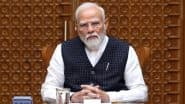



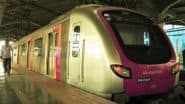




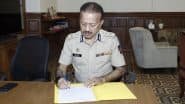

 Quickly
Quickly









